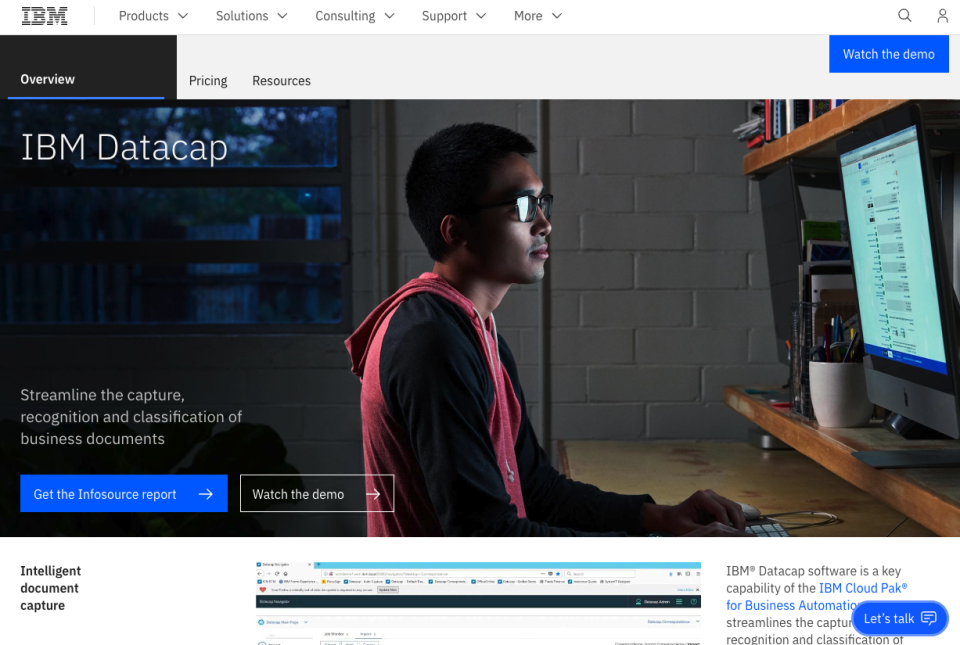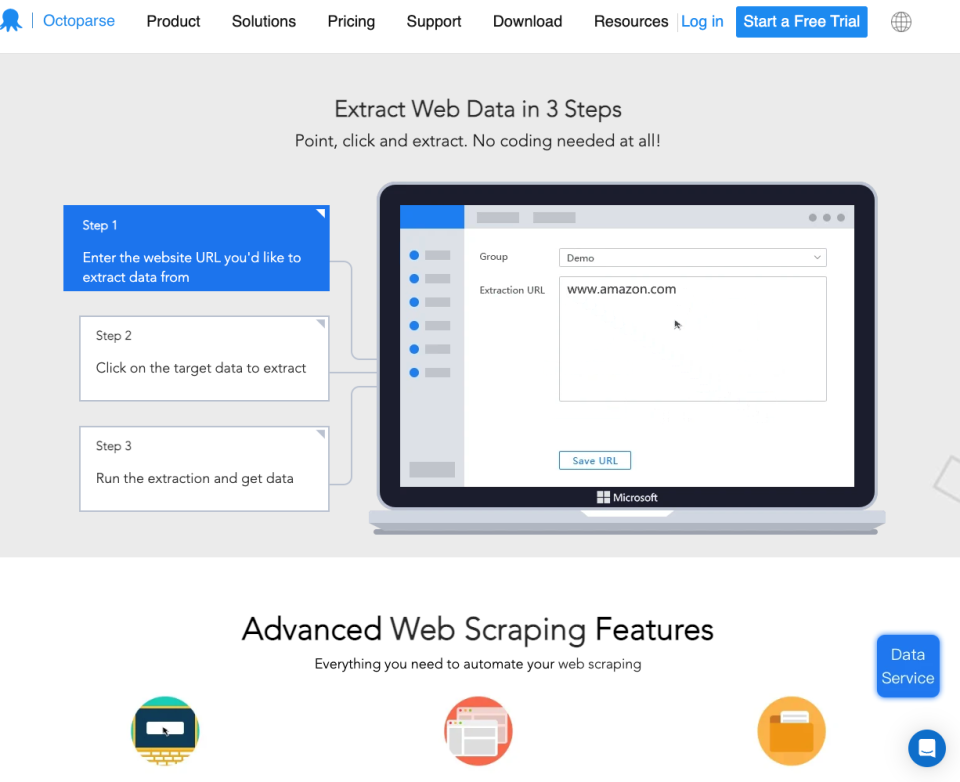05 Best Data Science Tools for Beginners and Pros [2023]
Many data science tools allow you to perform complex operations in a single interface, making it easy to implement various data science projects. 🔥
Data Science has been transformational for IT and business in general. This ever-expanding area seeks to extract hidden value from data by uncovering and understanding patterns to predict outcomes, train machine learning models, or better understand a data set's big picture.
In an era of massive data generation, data science is in huge demand by companies that want to analyze their data to generate optimized business insights and to increase profits or efficiency.
Data scientists play an essential role here since they organize, evaluate, and study data and its patterns.
What Are Data Science Tools?
Aside from having the appropriate qualifications and education, aspiring data scientists must be skilled in top data science tools.
This includes fluency in at least one tool from the data science lifecycle: data acquisition or capture, data processing or cleaning, data warehousing, data exploration or analysis, and data visualization.
With the help of the best data science tools, professionals can generate business solutions from data by identifying relevant questions, collecting data from relevant sources, organizing and transforming data, and analyzing this to communicate findings for better business decisions.
Generally, we can divide data science tools into two areas, namely those for programmers and those for non-programmers.
This article provides the top data science tools list and how each of them can help you, whether you’re an aspiring data scientist with little programming experience or a seasoned pro.
Data Acquisition & Data Cleansing Tools
Converting raw data into sensible and potentially valuable data for business users and organizations is a big challenge for data-driven companies with massive volumes of data.
ETL (Extract, Transform & Load) tools are the go-to combined solution for gathering data from various sources and performing data preprocessing to convert it to a logical format for further analyses.
These tools perform data processing by extracting it from underlying sources, transforming it to fit a predefined schema, and then finally loading it into the target destination (databases, data warehouses, or data lakes). Here are some of the most popular ETL data science software tools.
1. Talend

Talend is an open-source data science tool that enables data processing, integration, and application integration. The advantages of this tool include real-time statistics, easy scalability, efficient management, early cleansing, faster design, better collaboration, and native code.
Key Features:
Efficient task development & deployment: automate and maintain current tasks
User-focused: open-source and unified platform with a huge community
Advanced technology: regularly updated for current and future user requirements
2. IBM Datacap

IBM Datacap can acquire documents, extract information, and deliver documents to other downstream business processes on the backend, leveraging flexibility, accuracy, and automation.
This data science tool uses natural language processing (NLP), text analytics, and machine learning (ML) technologies to automatically identify, extract, and classify content from unstructured or variable documents.
It can also handle multi-channel processing of paper documents from scanners, multifunction peripherals, and fax machines.
This software can help data scientists reduce labor and paper costs, deliver meaningful information, and support faster decision-making.
Key features:
Enriched mobility: capture and submit documents with smartphones or tablets. Also offers iOS and Android SDKs to embed Datacap mobile functionality into your iOS and Android apps
Robotic Process Automation (RPA): insert advanced document recommendations using IBM RPA via automation
Intelligent capture: automatically classifies and extracts content and context from unstructured, complex, or highly variable documents via machine learning
Data protection & content management: protect sensitive data and enable content collaboration to censor high-level information
3. Mozenda

Mozenda is an enterprise cloud-based web-scraping platform that helps data scientists collect and organize web data for efficient and cost-effective preprocessing.
Key features:
User-friendly UI: point-and-click design is easy to use
Two-part application: application to build data extraction projects, and web console to run agents, organize results, and export data
Broad format support: publish results in CSV, TSV, XML, or JSON
API access: useful for programmatic data fetching
Storage integration: support for FTP, Amazon S3, Dropbox, and more
4. Octoparse

Octoparse is client-side web scraping software designed for Windows. It uses a web-scraping template to turn unstructured or semi-structured website data into structured data sets without needing to write any code.
A web scraping template is a simple yet powerful feature that takes user input for a target website or keyword and then passes these to a pre-formatted task.
This means the user doesn't have to configure any scraping rules or write code, which makes Octoparse a helpful tool for people without programming experience.
5. OnBase

OnBase is an enterprise information platform designed to manage user content, processes, and cases. This tool centralizes user business content in a secure location and delivers relevant information to a user when they need it.
It can help an organization become more agile, efficient, and capable when seeking to increase productivity, provide excellent customer service, and reduce enterprise risk.
Key features:
Single platform: build content-based applications and complement core business systems
Low-code development: rapidly create content-enabled solutions to reduce cost and development times
Versatile deployment: deployable in the cloud, on mobile devices, and can be integrated with existing applications
Conclusion
With more data being generated than ever, businesses of all sizes are looking to leverage data science to optimize business practices, increase profits, and improve efficiency.
As a data scientist, you’re expected to be fluent in various top data science tools and programming languages. Data science tools are crucial for analyzing data, creating powerful predictive models using machine learning algorithms, and creating aesthetic and interactive visualizations.
Many data science tools allow you to perform complex operations in a single interface, making it easy to implement various data science projects. Of course, some tools may require you to know SQL, Python, R, or other programming languages. Still, many also allow you to perform these essential data science activities without needing to write any code.
Using the best data science tools for the task at hand makes it possible to uncover and communicate essential business insights to your organization, leading to better business decisions.
This article was from hackr.io Website and written by Simran Kaur Arora
I was sharing this with you guys because this article helped me a lot in my data science projects.
Link: of Article.
![05 Best Data Science Tools for Beginners and Pros [2023]](https://cdn.hashnode.com/res/hashnode/image/upload/v1671073637973/SOM58uL5-l.jpeg?w=1600&h=840&fit=crop&crop=entropy&auto=compress,format&format=webp)